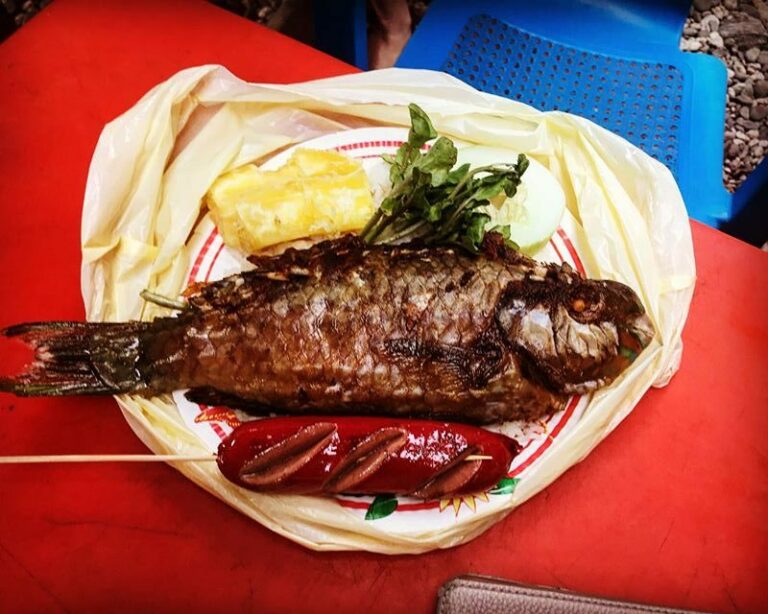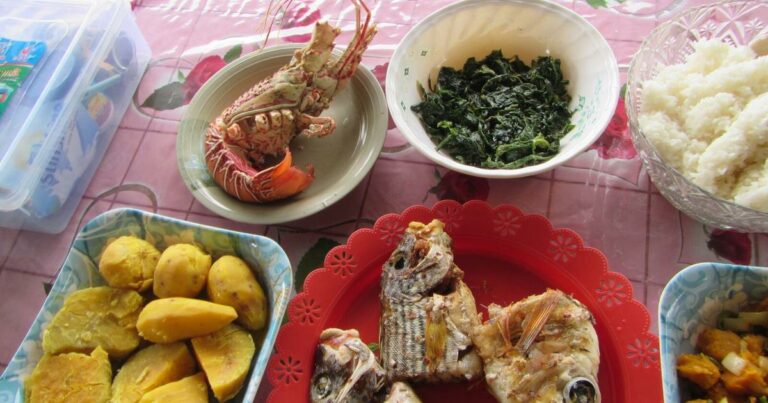Introduction: Solomon Islands Cuisine
Solomon Islands is a country situated in the South Pacific, with a unique blend of traditional and modern cuisine. The people of Solomon Islands have a deep connection to the land and the sea, which is reflected in their food culture. The cuisine of Solomon Islands is known for its use of fresh, locally sourced ingredients and unique cooking techniques.
Traditional Cooking Techniques in Solomon Islands
The traditional cooking techniques of Solomon Islands are deeply rooted in the country’s cultural heritage. One of the most common methods of cooking is earth oven cooking, also known as “umu” or “lovo.” This involves digging a pit in the ground and filling it with hot stones, which are then covered with banana leaves and food. The food is left to cook slowly, resulting in tender and flavorful dishes.
Wood Fire Cooking: A Common Cooking Method
Another common cooking method in Solomon Islands is wood fire cooking. This involves using wood as a fuel source for cooking, which gives the food a unique smoky flavor. The wood is burned down to hot coals, and the food is placed on a grill or skewered on sticks and cooked over the coals. This method of cooking is often used for seafood, such as fish and lobster.
Bamboo Cooking: Another Unique Cooking Technique
Bamboo cooking is another unique cooking technique used in Solomon Islands cuisine. This involves using bamboo as a cooking vessel, which is filled with food and water and then sealed with banana leaves. The bamboo is then placed over a fire and left to cook slowly. This method of cooking is often used for rice and vegetables.
Coconut Milk: Key Ingredient in Solomon Islands Cuisine
Coconut milk is a key ingredient in many dishes in Solomon Islands cuisine. It is used to add flavor and richness to curries, stews, and soups. Coconut milk is made by grating the flesh of a coconut and mixing it with water, then squeezing out the liquid. It is a versatile ingredient that can be used in both sweet and savory dishes.
Conclusion: Solomon Islands Cuisine is Unique
Solomon Islands cuisine is a reflection of the country’s rich cultural heritage and deep connection to the land and the sea. The traditional cooking techniques, such as earth oven cooking, wood fire cooking, and bamboo cooking, are still widely used today and give the food a unique flavor. Coconut milk is a key ingredient in many dishes and adds richness and depth of flavor. Solomon Islands cuisine is truly unique and a must-try for anyone interested in exploring new flavors and food cultures.





